Understanding the Mechanism: What is a Latching Push Button Switch and Its Applications
In today's rapidly evolving technological landscape, the demand for reliable and efficient control mechanisms in various electronic devices is more crucial than ever. According to a recent market analysis report by Grand View Research, the global automation and control systems market is projected to reach USD 300 billion by 2027, with significant contributions from components such as the Latching Push Button Switch. This essential component not only enhances user interaction but also contributes to the overall functionality of devices across numerous applications, including industrial machinery, consumer electronics, and automation systems. Understanding the mechanism behind the Latching Push Button Switch, including its operational principles and distinct advantages, is vital for engineers and designers aiming to create cutting-edge products that meet the growing consumer demand for efficiency and reliability.

Advantages of Latching Push Button Switches in Modern Devices
Latching push button switches have become a staple in modern electronics, offering several advantages that enhance usability and functionality. Unlike momentary switches, which return to their original position after being pressed, latching switches maintain their state until pressed again. This feature not only ensures a more straightforward user experience but also reduces the need for constant manual interaction, making them ideal for applications where prolonged activation is required.
One significant benefit of latching push button switches is their energy efficiency. Since they remain in one position after being activated, they minimize power consumption by preventing continuous power draw, especially in devices that rely on battery operation. This makes them particularly useful in consumer electronics, such as remote controls and smart home devices, where battery life is crucial. Additionally, the tactile feedback provided by these switches enhances user confidence, allowing individuals to feel certain that their inputs have been registered. As technology continues to evolve, the advantages of latching push button switches solidify their role as essential components in contemporary electronic devices.
Common Applications of Latching Push Button Switches in Industries
Latching push button switches have become integral in various industries due to their simplicity and reliability. Commonly utilized in manufacturing, automation, and consumer electronics, these switches maintain their position until pressed again—effectively acting as a digital on-off mechanism. According to a recent report by MarketsandMarkets, the global market for push button switches is projected to reach USD 3.21 billion by 2026, growing at a CAGR of 6.01% from 2021, highlighting their increasing adoption across diverse applications.
In industrial settings, latching push button switches are frequently employed in control panels and machinery for ON/OFF controls. For instance, in the automation sector, they facilitate quick responses in assembly lines, improving efficiency. A study from Research and Markets indicates that the automation market alone is set to grow significantly, further driving the demand for reliable control interfaces like latching push button switches. Moreover, in consumer electronics, these switches are used in appliances and devices requiring user-friendly controls, reflecting their versatility and essential role in modern technology.
Understanding the Mechanism: What is a Latching Push Button Switch and Its Applications
| Application Area | Description | Typical Voltage Ratings | Common Features |
|---|---|---|---|
| Medical Equipment | Used for controlling power or modes in medical devices | 12V - 24V | Durable, easy to operate, and easy to clean |
| Industrial Machinery | Operates heavy machinery and controls various functions | 24V - 48V | Weather-resistant and robust design |
| Consumer Electronics | Power switches in appliances like washing machines | 110V - 220V | Compact and user-friendly design |
| Automotive Applications | Used for lights, ignition systems, and accessories | 12V | High durability and vibration resistance |
| Home Automation | Control system for smart home devices | 5V - 12V | Integrates easily with IoT systems |
Comparing Latching Push Button Switches with Momentary Switches
 Latching push button switches and momentary switches serve distinct functions, making them valuable in various applications. A latching push button switch, upon being pressed, stays in its activated state until pressed again, effectively "latching" the circuit in one position. This feature is particularly useful in applications that require the user to toggle a device on and off without needing to hold down the switch, such as in light switches, industrial machinery, and consumer electronics where persistent settings are desired.
Latching push button switches and momentary switches serve distinct functions, making them valuable in various applications. A latching push button switch, upon being pressed, stays in its activated state until pressed again, effectively "latching" the circuit in one position. This feature is particularly useful in applications that require the user to toggle a device on and off without needing to hold down the switch, such as in light switches, industrial machinery, and consumer electronics where persistent settings are desired.
In contrast, momentary switches only maintain their state while being pressed. Once released, they return to their default position. This type of switch is ideal for temporary functions, such as triggering a horn in vehicles or starting a motor. The clear distinction between these two switches lies in their operational dynamics: latching switches facilitate persistent control, whereas momentary switches offer transient actions. Understanding these differences is crucial for selecting the right switch for specific electrical designs and operational needs.
Emerging Alternatives to Latching Push Button Switches in Technology
In the realm of technology, latching push button switches have long been a staple for their simplicity and reliability in controlling circuits. However, as advancements in digital controls and automation grow, a wave of emerging alternatives is reshaping how we think about user interfaces. One notable contender is the capacitive touch switch, which operates on the principle of changes in capacitance. These switches provide a sleek, modern look while allowing multiple functions to be integrated into a single touchpoint, which is highly valued in contemporary design.
Another promising alternative is the use of smart switches that can be controlled via smartphone applications or voice commands. These switches are not limited by physical buttons and can adapt to user preferences and schedules. This adaptability not only improves user convenience but also enhances energy efficiency in smart homes and offices. As technology evolves, latching push button switches may remain relevant, but the rise of these innovative alternatives signifies a shift toward more dynamic control systems that align with the needs of a more connected world.

Innovative Uses of Latching Push Button Switches in Smart Home Solutions
Latching push button switches are revolutionizing the way we interact with smart home technology. Unlike traditional momentary switches, these innovative devices maintain their position after being pressed, offering a practical solution for controlling various household systems. For instance, in a modern smart home setup, a latching push button switch can be employed to activate or deactivate lighting systems. Users can effortlessly switch lights on and off with a single press, while also creating customized settings that suit their daily routines.
Furthermore, the versatility of latching push button switches extends to smart security systems and home appliances. These switches can be integrated into alarm systems, allowing homeowners to engage or disarm their security with just one button press. Additionally, they can be utilized in smart appliances, enabling users to conveniently manage functions like starting a washing machine or controlling a coffee maker. The seamless integration of latching push button switches into smart home solutions not only enhances user experience but also promotes energy efficiency by providing easy access to essential controls.
Understanding the Applications of Latching Push Button Switches in Smart Home Solutions
Related Posts
-
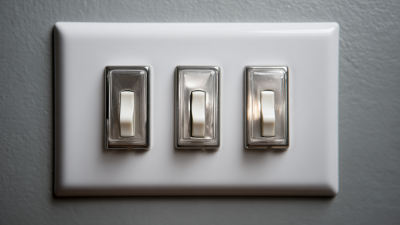
Ultimate Showdown: Comparing the Top-Rated Rocker Light Switches for Your Home
-
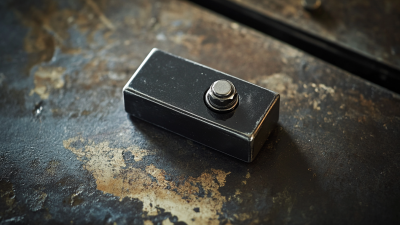
Unlocking the Secrets of Best Momentary Rocker Switch Specifications and Usage Techniques
-

Explore Global Opportunities with Innovative Waterproof Toggle Switches at the 2025 Canton Fair
-
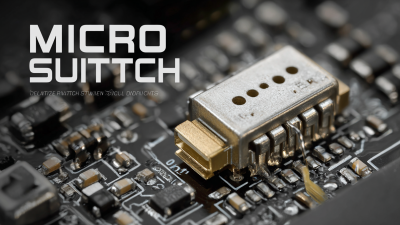
Ultimate Guide to Selecting the Best Micro Switch Button for Global Manufacturing Success
-
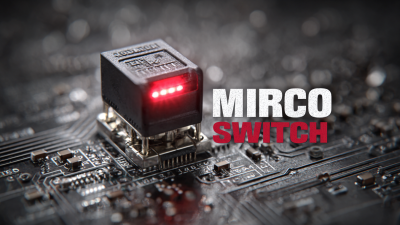
Setting the Benchmark for Best Micro Switch On Off with Industry Standards
-
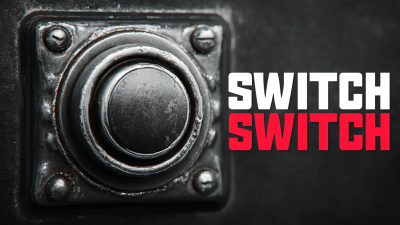
How to Find the Best Round Rocker Switch Manufacturer for Your Needs

